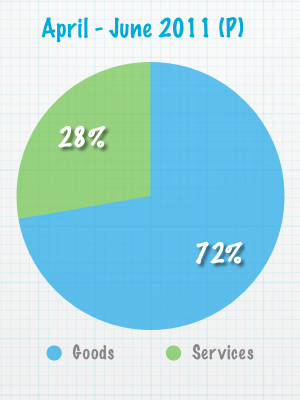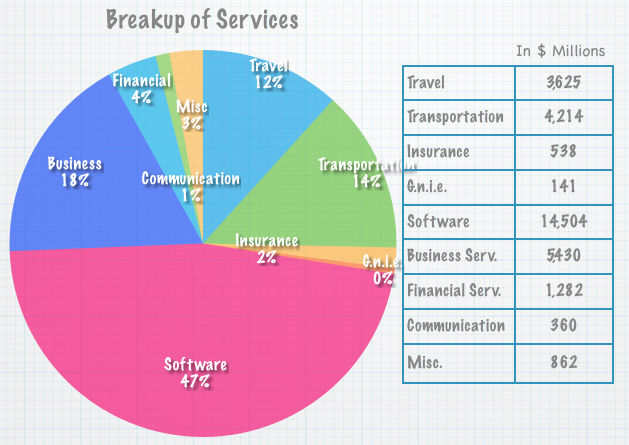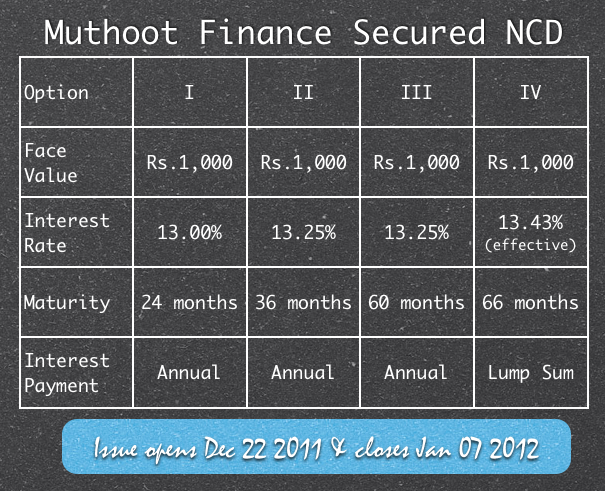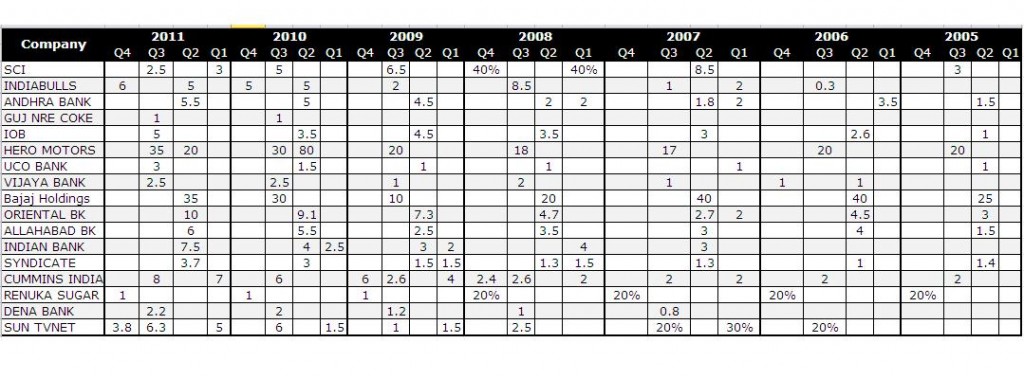Over the weekend I got an email from a reader who had a question on how to identify under – performing mutual funds, and in what way should one get rid of them.
I think this is a difficult question, and I don’t think there are any straightforward answers to it, but there are certain things that do come to mind.
Before getting to those things though, you need to ensure that you really are comparing the fund to its peers and not being harsh on it.
Remember, that an equity fund will only go up if the stock market has been up, and you can’t punish an equity fund for being down if the whole market is down. Small caps generally fall a lot more than large caps, so in down markets you will find that funds based on small caps are also down a lot more, and that’s not really a sign of under performance. The mutual fund is supposed to own small caps, and if it’s down as a result of that – then that’s really not the problem of the fund.
You need to evaluate the mutual fund against its peer group and if it has been down in that peer group, then that’s a sign of under performance, not otherwise.
Now, let’s look at some things that you can do to sniff out under performance, and let’s start with the obvious things first.
Was the fund sold to you?
I think the first thing you need to look at is why you bought a particular mutual fund, and have the conditions that existed when you bought the fund changed now. Looking at the huge volumes that mutual fund NFOs get, I think there are a lot of people who don’t really buy mutual funds, but they get sold to them.
If you have a fund that got sold to you, then it’s a good idea to evaluate how well it has done compared to its peers, and if there are other options with longer histories, and better performance then it makes sense to switch to those.
New information about the fund manager
If you bought the fund because of the fund manager and you find out some new information about the fund manager that makes you view him in a different light then that’s probably a sign of re-evaluating your decisions.
For example, Sandip Sabharwal is a well known fund manager in India and blogs as well. In going through his blog – I read a post where he discusses financial astrology and that made me view him in a completely different light, and I don’t think I will ever invest in a fund that he manages.
Thin Volumes
It’s always better to be in a fund with good volumes and a decent volume of assets under their management so if you are in a diversified large cap mutual fund which has just a fourth of the assets that another fund of similar type has, then it’s probably better to switch to that fund.
These were some obvious things, but what if the mutual fund has been a consistent performer in the past, but has started doing badly recently?
Is it high cost?
Look at the expense ratio of the peers and compare it with your fund – if it’s too high then that may as well be a reason of why the fund isn’t performing well.
If the fund expense ratio is high then that itself takes a big toll on the fund performance and it’s better to switch to low cost funds.
So, if you had something like HDFC Top 200, which is a good fund and you saw that it started under performing the market – how do you know whether you should give it the benefit of the doubt or should get rid of it?
If such a thing were to happen to one of my holdings, then I would like to see if the fund manager changed or not, and if they didn’t then I’d like to continue holding the funds, and give the fund manager the benefit of the doubt. But for how long? I will probably stick three years or so and in that time start investment with another fund as well, but I think if you have a shorter period then it is likely that you keep chasing one high return fund after the other.
I’d much rather be in a few high performing funds to start with, and that way the chances of all of them turning down at the same time reduces. There is no science behind this number of three years, just a feeling that this number is neither too short nor too long, and is a reasonable time frame.
I think a large part of the gains you get from equity will be because the market itself has done well, and a good fund manager may be able to juice up the return a bit but asset allocation and being in the market itself through decent funds is a more practical and achievable goal than trying to find the best fund within a category.





